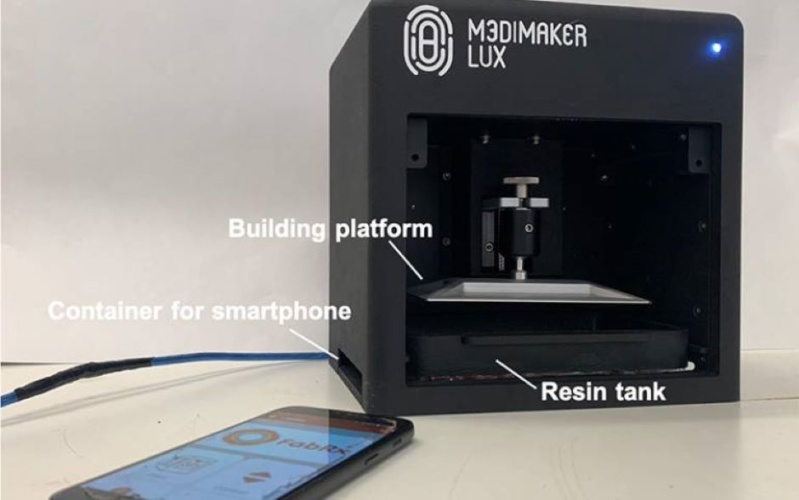
According to UCL, the method could make it easier for personalised medicine to be prepared in clinics, remote areas or even in patients’ homes. The team’s findings have been published in the International Journal of Pharmaceutics.
Lead author, PhD researcher Xiaoyan Xu, UCL School of Pharmacy said: “This novel system would help people who need precise dosages that differ from how a medication is typically sold, as well as people whose required dosage may change regularly.
MORE FROM MEDICAL & HEALTHCARE
“The tablet’s shape and size are also customisable, which enables flexibility in the rate at which the medication gets released into the bloodstream. It may even be possible to custom-print polypills containing multiple drugs, to reduce pill burdens for elderly patients.”
Study co-author, research fellow Dr Atheer Awad, UCL School of Pharmacy added: “3D-printed medications could be an important part of the move towards more personalised medicines, as we hope that eventually, people will be able to print their own medications at home.”
The researchers used a new smartphone-based printer, a version of the M3DIMAKER printer developed in collaboration with FabRx, a UCL spin-out co-founded by three members of the UCL research team.
If further trials are successful and the medical technology gets regulatory approval, a patient could have their own coffee machine-sized medical 3D printer at home.
In use, a patient would be sent a personalised resin formulation forming the basis of the Printlet (3D-printed tablet), comprising the required drug dissolved in a solution of a photoreactive chemical. Their doctor would prescribe a set dose of the medicine. The patient would then pour the drug solution into their printer’s resin tank and use a mobile app to customise the shape of the Printlet. The patient would then insert their smartphone into the printer, where the light from the screen reacts with the drug solution to solidify into a Printlet of the appropriate size and shape with a set quantity of the drug.
For their latest proof-of-concept study, the researchers tested the system using two common smartphones, with the printer calibrated to suit the phone’s screen set at its highest brightness level. They successfully prepared Printlets containing warfarin, a common blood thinner, in different dosages, sizes, and shapes,
They tested how well the drug could be absorbed into the bloodstream by dissolving a warfarin Printlet into a laboratory model that mimics the conditions of the digestive tract. They found that the warfarin was gradually released over a 24-hour period. The rate that warfarin was released varied depending on the shape and size of the Printlet, showing that the tablets can be customised depending on how quickly a given medication should be absorbed into the bloodstream.
The researchers warn that their method needs to undergo safety checks, such as testing the of the resin they use before the Printlets can be tested in human trials. They added that a regulatory framework for 3D-printed medication will be necessary, adding that the UK’s Medicines and Healthcare products Regulatory Agency (MHRA) is currently reviewing whether such a framework should enable patients to manufacture their medicines at home.




AI-generated medical responses need monitoring, study finds
This would negate most of the benefit of using AI in the first place, rather like the Locomotive Act 1865 that required any self-propelled road...